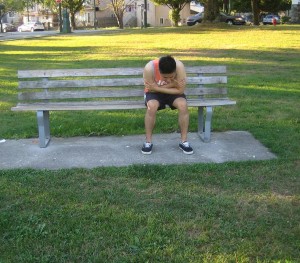Shingles of the eye can develop when the virus responsible for causing chickenpox reawakens within the ophthalmic division of the fifth cranial nerve. Those who end up with shingles of the eye can also end up with a strain of herpes zoster. The symptoms of the condition typically include eye pain that can be severe, inflammation, redness of the eye, difficulty moving the eye, changes in the vision as well as diminished lubrication in the eye.
Steroids
The use of steroids can help reduce the inflammation that worsens the pain as well as promotes the formation of scar tissue. Many individuals can gain a lot by using topical steroids that are administered as an eye drop. Nevertheless, those who suffer from the severe symptoms, those with symptoms that do not improve and those who have difficulty moving the eye requires oral steroids.

Take note that oral steroids can lead to side effects including an increase in the blood pressure, elevated blood sugar as well as psychiatric problems and diminished bone mineral density. With this in mind, doctors will recommend a short-term course of prednisone.
Antiviral medications
Individuals with shingles of the eye require immediate treatment with antiviral medications in order to preserve the vision. Antiviral medications are suitable for all individuals since it is a virus that usually affects the eye. Many do not notice the symptoms until inflammatory and immune reactions have already caused scar tissue formation. In most regimens, it involves 7-10 days of oral medications. Nevertheless, those with immune system issues such as AIDS require seven days of intravenous acyclovir and followed with an additional course of oral therapy.
Pain medications
The pain caused by shingles of the eyes can be severe and even debilitating. Even though some can be managed with acetaminophen or ibuprofen, narcotics can be prescribed to provide pain relief. Even though narcotics can be addictive, topical pain drugs particularly lidocaine works effectively on the body but cannot be applied on the eye or close to the facial skin. If you want to learn more about this condition, read here.
Supportive care
The supportive care for individuals with shingles of the eye includes keeping the eye clean, moist and covered. Those with shingles of the eye could not close the eye completely which puts the individual at risk for injuries due to the foreign objects and drying up.
An injection of botulinum A toxin into the upper eyelid will help the lid close completely. Those who prefer not to use botulinum A toxin must use eye protection such as glasses or sunglasses during the day followed by patching or taping at night. The repeated use of over-the-counter tear replacements and eye lubricants are also required to prevent the development of corneal damage to the dry eyes.
